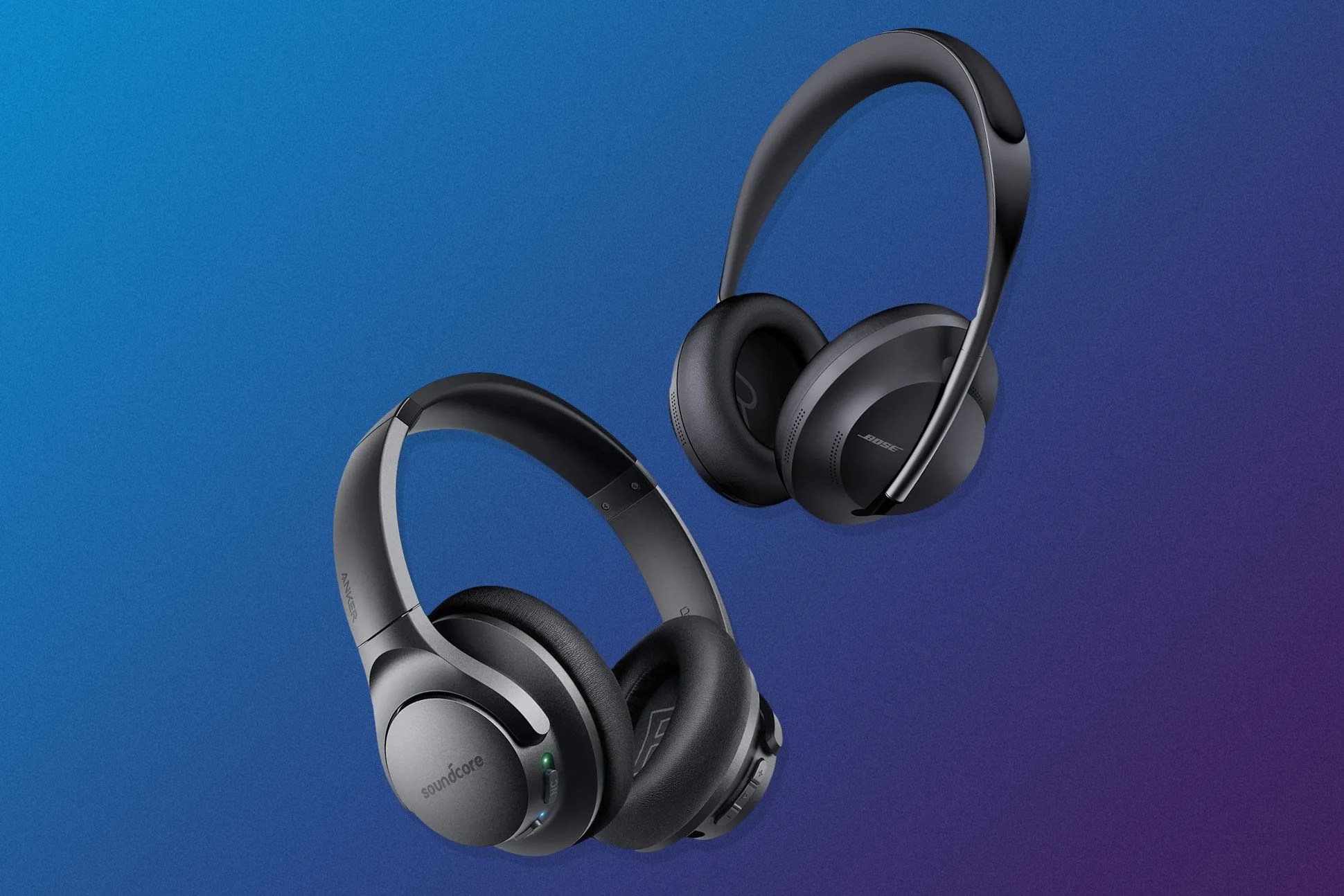Say you want to buy a pair of over-ear noise-canceling headphones but you don’t which ones to get. You can buy a decent pair for less than $100, like the Anker’s Soundcore Life Q20 ($60), or you can go big on pair that costs $400 or more, like the Bose Headphones 700 ($400) or the even pricier Master & Dynamic MW65 ($500).
No matter which you buy, both noise-canceling headphones are going to do essentially the same thing. They’re going to wirelessly connect to your smartphone or laptop and play audio, and they’re going use noise-canceling technology to actively block out ambient sounds. So, what exactly makes expensive headphones so darn, well, expensive?
For clarity, we’re comparing wireless over-ear headphones that have dynamic drivers. There are more expensive headphones with planar magnetic or eelectrostatic drivers, which are able to deliver higher fidelity audio with less distortion, but headphones with dynamic are way more common. Also, over-ear headphones are typically going to be more expensive than on-ear headphones because they’re simply bigger (larger drivers, more material).
Better drivers and design mean better sound.
While high-end audiophile cans and professional-grade headphones use some exotic methods to create sound, like planar magnetic or electrostatic drivers, pretty much every pair of ANC headphones aimed at a general audience use dynamic drivers — devices which turn electric current into acoustic singles by vibrating a diaphragm with magnetic fields.
But not all dynamic drivers are alike! More expensive headphones like the Bose 700 have more sensitive (and sometimes larger) drivers that can deliver audio with a wider frequency range, meaning higher highs and deeper bass, and less distortion. This contributes to a bigger and better “soundstage” where you can more clearly hear and differentiate between various instruments and vocal tracks.


